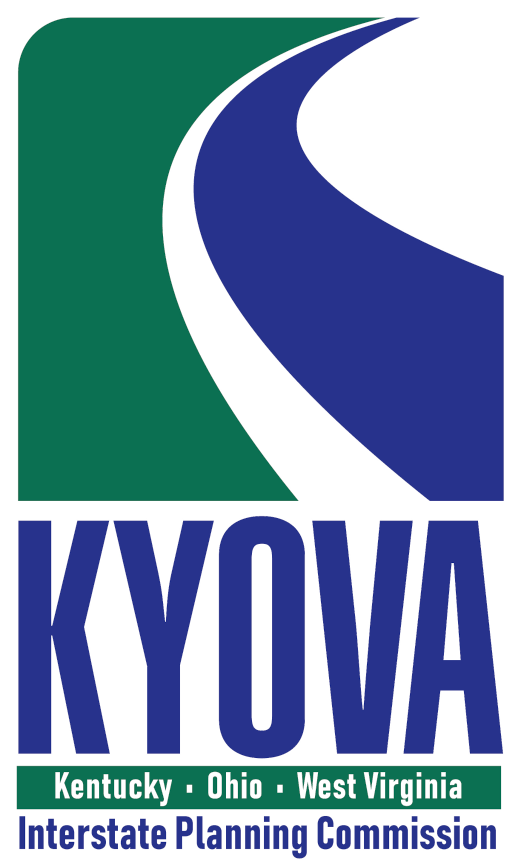
Phone: 304-523-7434 Fax: 304-529-7229 400 Third Avenue P.O. Box 939 Huntington, West Virginia 25712
KYOVA Bicycle, Pedestrian and Complete Streets Planning
KYOVA plans for all modes of transportation including bicycle, pedestrian, and other non-motorized modes and frequently develops planning studies to evaluate infrastructure dedicated to those non-motorized forms of transportation. These studies can include looking at the feasibility of bikes lanes and bike paths, planning crosswalks, evaluating the safety of bike and pedestrian infrastructure, and making recommendations for improvements to those facilities.KYOVA also makes funding available to local government entities for implementation of these types of projects through its suballocated funds. More information on those funds can be found under the Funding Opportunities tab at the top of the KYOVA homepage.
Complete Streets
Complete Streets are roadways designed to safely, comfortably, and equitably accommodate all users, including motorists, cyclists, pedestrians, micromobility users, transit and school bus riders, delivery and service personnel, freight haulers, and emergency responders. Complete Street policies are set at the state, regional, and local levels and are frequently supported by roadway design guidelines Click Here.KYOVA has developed a policy to promote and support the development of Complete Streets in the region. The KYOVA Complete Streets Policy provides a framework for considering accommodations for all users when planning improvements to the region’s transportation system. For more information, you can read the full KYOVA Complete Streets Policy here .
The Complete Streets Prioritization Plan was developed with assistance from local stakeholders to provide a central database for active transportation projects, assist with project prioritization and address gaps in the system. [Click Here] for Plan.
In addition to the Prioritization Plan, an interactive database was created to view project locations and additional information. Users can select projects on the map to view more information and a description of the project or use the table to filter projects by county. To view the interactive database click here - KYOVA Complete Streets Project Database
Additional Resources
Paul Ambrose Trail for Health- American Association of State Highway and Transportation Officials (AASHTO) Guide for Planning, Designing and Operating Pedestrian Facilities
- American Association of State Highway and Transportation Officials (AASHTO) Guide for the Development of Bicycle Facilities
- American Planning Association Complete Streets: Best Policy and Implementation Practices
- U.S. Traffic Calming Manual
- U.S. Access Board
- Accessible Public Rights-of-Way: Planning and Designing for Alterations
- Institute of Transportation Engineers (ITE) Designing Walkable Urban Thoroughfares: A Context Sensitive Approach
- National Association of City Transportation Officials (NACTO) Urban Street Design Guide
- National Association of City Transportation Officials (NACTO) Urban Bikeway Design Guide
- FHWA Bikeway Selection Guide
- FHWA Complete Streets Website
- FHWA Separated Bike Lanes Planning and Design Guide
- FHWA Designing for Pedestrian Safety
- FHWA Pedestrian and Bicycle Funding Opportunities Table
- FHWA Improving Safety for Pedestrians and Bicyclists Accessing Transit
- FHWA Bicycle and Pedestrian Planning, Program, and Project Development Guidance